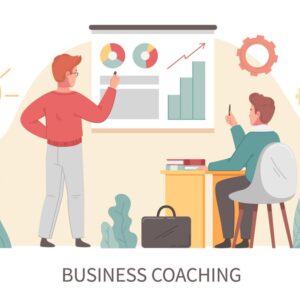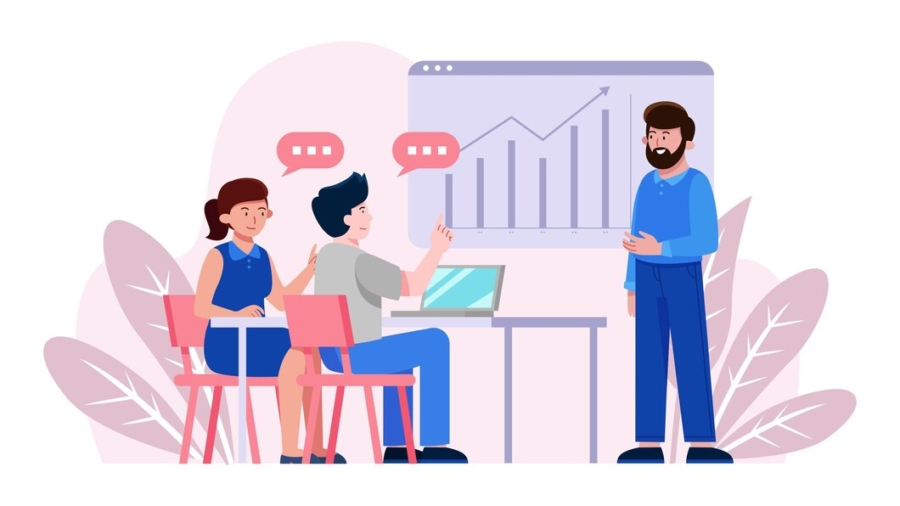
In the journey of professional growth, individuals often encounter obstacles that require guidance and support. Sarah, an aspiring HR professional aiming for the role of an HR Head, found herself facing challenges in cracking interviews despite her qualifications. Frustrated and seeking assistance, she reached out to me, offering the opportunity to explore two distinct paths – coaching and mentoring.
Understanding the Distinction:
As Sarah poured out her concerns, it became evident that she needed assistance in honing specific skills, particularly in strategic thinking and managing ambiguity. The challenge was not just about skill development but also about effective communication during interviews and overcoming self-doubt.
The Coaching Approach:
In the coaching scenario, I acted as a facilitator, allowing Sarah to express her concerns and preferences. I focused on active listening, acknowledging her need to work on articulation, strategic thinking, and managing ambiguity. By asking open-ended questions, I empowered Sarah to choose the area she wanted to address first – in this case, her self-doubt.
This approach allowed her to take ownership of her development journey.
The Mentoring Approach:

Conversely, in the mentoring scenario, I provided more direct guidance based on my experience and expertise. Acknowledging Sarah’s need to enhance specific skills, I suggested working on either strategic thinking or managing ambiguity. This approach offered a more structured direction, leveraging my insights to guide her towards the desired outcome.
Understanding the Difference:
The crucial distinction lies in the interaction dynamics. While coaching centers around active listening, questioning, and empowering the individual to find their solutions, mentoring involves sharing knowledge, providing guidance, and offering a more directive approach.
The Lesson Learned:

Expecting both coaching and mentoring in one discussion can be akin to two fielders running towards a catch and missing it due to miscommunication. It emphasizes the importance of understanding when to listen and empower (coaching) and when to guide and share experiences (mentoring).
Conclusion:
In the complex realm of career development, the interplay between coaching and mentoring offers a versatile toolkit for individuals seeking growth. Sarah’s journey highlights the significance of recognizing which approach suits the immediate needs – whether it’s active listening and empowerment or direct guidance and knowledge sharing.
The synergy between coaching and mentoring creates a powerful support system, ensuring that professionals like Sarah navigate their career aspirations with clarity and purpose.





